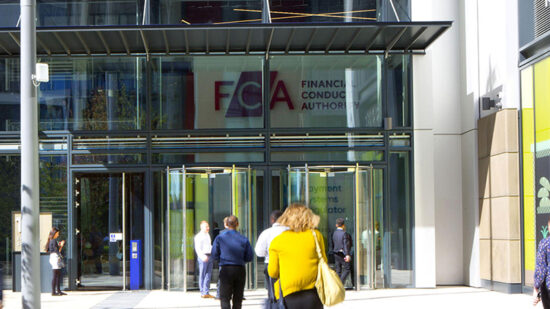Nine in 10 UK adults have not had regulated financial advice in the last 12 months and the number of people habitually receiving support has dropped, highlighting that there is still a lot for IFAs to do to truly convert the public to the benefits of advice.
Getting a financial check up from an adviser should be as routine as going to the dentist, some in the industry have argued.
It’s not something you look forward to, but it helps keep everything in check and identifies issues before they become big problems.
But financial advice isn’t yet seen as a routine appointment, once or twice a year. And it’s this perception barrier that is holding a lot of clients back.
More taking advice
The Financial Conduct Authority published its latest consumer research report on the Financial Advice Market Review (FAMR) on Tuesday.
It highlighted an increase in the proportion of UK adults receiving advice – rising to 9% of the UK adult population in 2018 compared with 6% in 2017.
But delving deeper into the figures shows that there is still a significant untapped pool of potential clients that is doubting the value of financial advice.
Already engaged
For the purposes of the consumer survey, the UK adult population was divided into four groups:
- Group 1: Those who have had regulated financial advice in the last 12 months related to investments, savings into a pension or retirement planning.
- Group 2: Those who have not had regulated financial advice in the last 12 months, but whose circumstances suggest there might be a need. These people have at least £10,000 ($13,112, €11,153) in savings and/or investments.
- Group 3: Those who have not had regulated financial advice in the last 12 months, and whose circumstances suggest the need is less likely.
- Group 4: Those who have not had regulated financial advice in the last 12 months, but cannot be allocated to Group 2 or 3 because of insufficient information provided about their financial situation.
While the number of UK adults taking advice in the past 12 months (Group 1) increased to 4.5 million from 3.2 million, fewer are doing so regularly.
The 2018 survey found that 47% of Group 1 take advice on a regular basis – down significantly from 65% in 2017.
But it’s not Group 1 that advisers should be focusing on. It’s Group 2.
I don’t need advice
Group 2, with at least £10,000 in savings/investments, equates to 36% of the UK population as a whole.
And they have not received any regulated financial advice in the last 12 months.
When asked why not, by far the most popular response from 50% of this group was that they did not need it.
A further 37% said they felt able to decide what to do with their money on their own (28% in 2017).
Access to advice is not an issue, with fewer than 1% of Group 2 saying they were not able to find an adviser.
Affordability issue
On par with 2017, affordability was listed by 15% of Group 2 as the key barrier.
From in-depth conversations with respondents, it was discovered that, while the absolute cost of advice plays a part in that barrier, individuals in Group 2 are more concerned about whether they are getting value for money for the price they pay and whether the adviser is acting in their best interests.
One in eight Group 2 respondents said that they did not take advice due to a lack of trust in advisers, with one in 10 expressing some concern about the quality of the advice they might receive.
For those not advised individuals who do not think they will use regulated advice in future, one in six said this is due to a bad experience in the past or a lack of trust.
It appears that bad memories from the days of commission was one of the prevailing reasons for this distrust.
One in 10 are put off by the fees charged for advice.
The issue of affordability is also key for advisers. Can they afford to take on clients with as little as £10,000?
The danger is that Group 2 become larger over time, as more and more people who might have a financial planning need opt for the DIY route.
Failing to engage this group now, could reduce the overall client pool in future.








